How-To:
Develop metaverse strategy
Many companies and management decision-makers have already recognized that the metaverse can offer a wide range of opportunities. Innovative ideas can reduce costs through process optimization, for example, or increase sales through new products and services.
However, many decision-makers are faced with unanswered questions: Which ideas can I implement for my company? Which application examples exist along my value chain? And how can I develop a clear strategy for the metaverse?
In 5 steps to the initial metaverse strategy
At Roover Metaverse Consulting, we help companies address these issues and work with our clients to develop a holistic metaverse strategy.
From our projects we want to give an insight into how decision makers can take the first steps towards a metaverse strategy.
#1: Knowledge building and awareness
As a first step, it is important to understand the basic processes and concepts of the Metaverse.
Only if there is a comprehensive knowledge of what a blockchain is, how NFTs work, how digital twins work, what is meant by immersive technologies, or how virtual worlds will change our everyday lives, can a metaverse strategy be successfully developed.
The necessary knowledge and the right awareness within the company creates the basis for a metaverse strategy.
#2: External and internal analysis
Once the basic knowledge of the metaverse is in place, external and internal analysis can begin. The external analysis examines the application examples and best practice approaches in the market or comparable industries.
This can be done through a market analysis of competitors and their metaverse activities, if any. Interviews with metaverse experts in a particular industry are also helpful in identifying trends or potential in one’s own environment.
For the external analysis, these questions can serve as a guide, which we have examined for a bank customer, for example:
- Who are the key players in my industry in the Metaverse ecosystem?
- What new projects and service are trending and should be monitored in the future?
- Which innovations have the greatest disruption potential?
- How does government regulation support the development of metaverse projects?
- What effects can be derived for our customers?
The internal analysis, on the other hand, structures the Metaverse activities and capabilities within one’s own company. It should be checked whether there are already activities in the field of metaverse and how they should be classified. At the same time, metaverse capabilities and also corresponding interests of employees should be analyzed.
We know this from our own experience: in our analyses, we often find that a company is already running various activities around the metaverse without a company-wide strategy in place or management being aware of it.
What is your metaverse strategy?
#3: Potential business models in the metaverse
A comprehensive analysis is followed by the development of possible business models. Here, a company should assemble a team that is as heterogeneous as possible, i.e. both young and older employees from different positions and with diverse technical backgrounds.
In an initial brainstorming session, the team should come up with as many ideas as possible along the different dimensions of the metaverse, i.e. on: blockchain, NFTs and digital assets, virtual worlds, AR & VR technologies, digital twins and immersive organization.
In doing so, it is important to keep an open thought process to consider all current and future possibilities. In the best case, a longlist of ideas for the respective areas is created for this purpose.
#4: Strategy development
Now that potential business ideas have been developed, the next step is to define the goals to be achieved.
Possible goals could be the development of new customer groups, the development of new competencies, the acquisition of young talent through the metaverse as an innovation topic, or cost savings through process optimization with digital twins.
Strategy development for the Metaverse is an individual process for each company and difficult to generalize. Nevertheless, just discussing the business models and goals can be a good first step in getting closer to a strategy.
The metaverse strategy should be incorporated into the holistic corporate strategy in the medium term.
#5: Implementation planning
The fifth step is implementation or implementation planning. Here, the responsibilities in the company should be clarified, since a metaverse project often has many interfaces to different departments.
In addition, implementation partners or other companies should be sought with whom cooperation appears to make sense. Many Metaverse projects require expert knowledge and the necessary software and hardware components that most companies do not have internally.
An important but often unfortunately ignored aspect is the cost and financing of the Metaverse project. With a future topic like the Metaverse, it is not easy to estimate the potential revenues and costs correctly.
A comprehensive financial calculation creates transparency and decision-making certainty.





